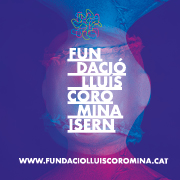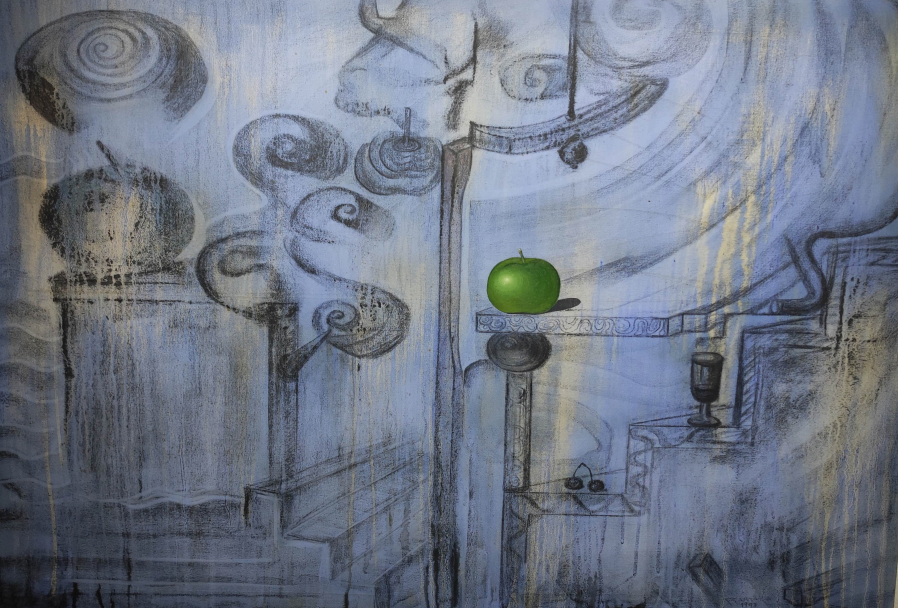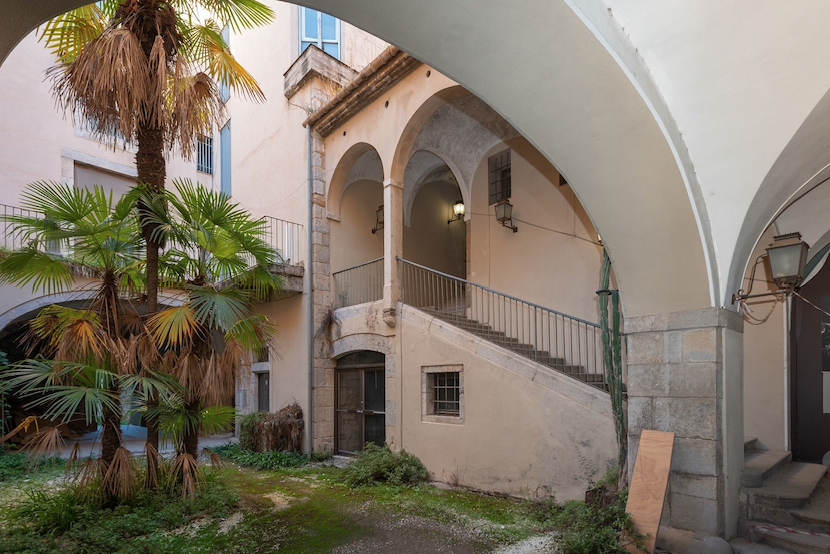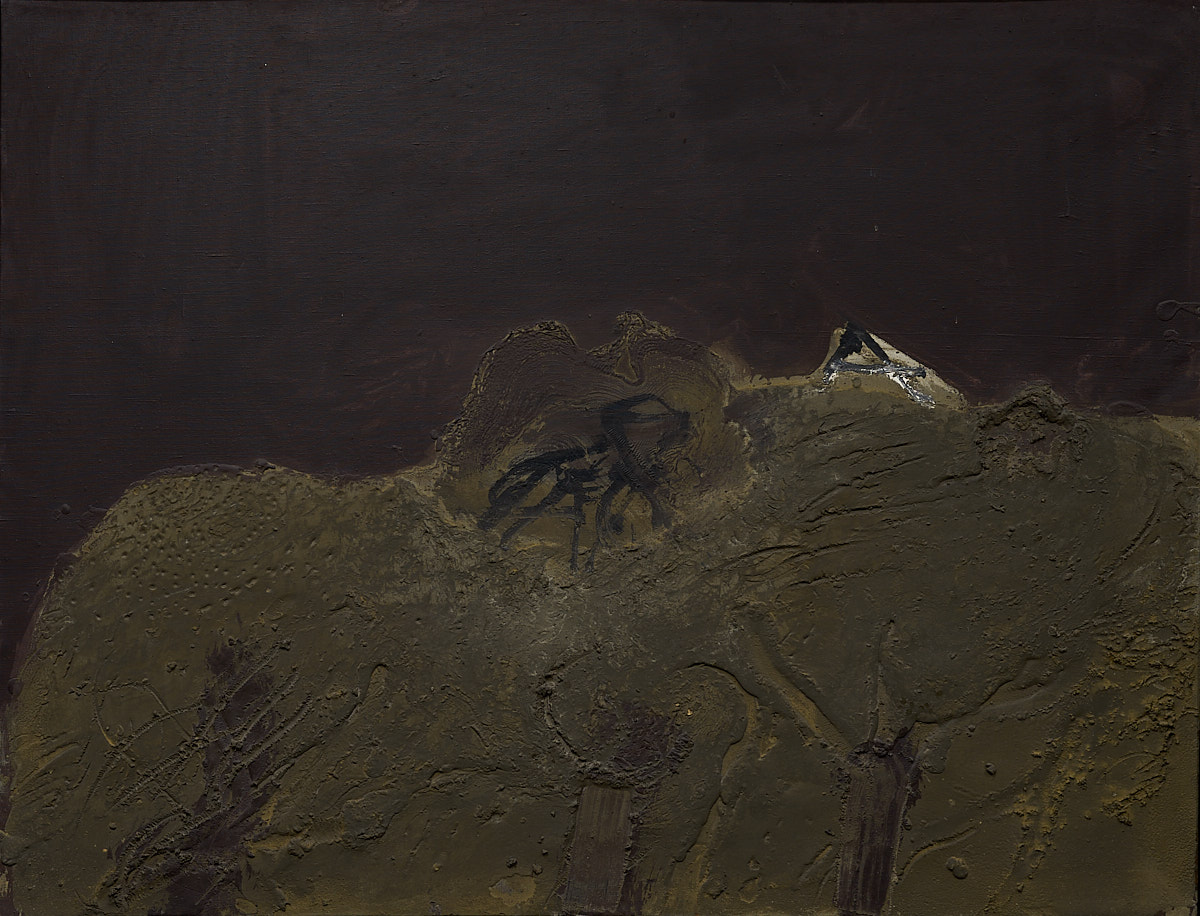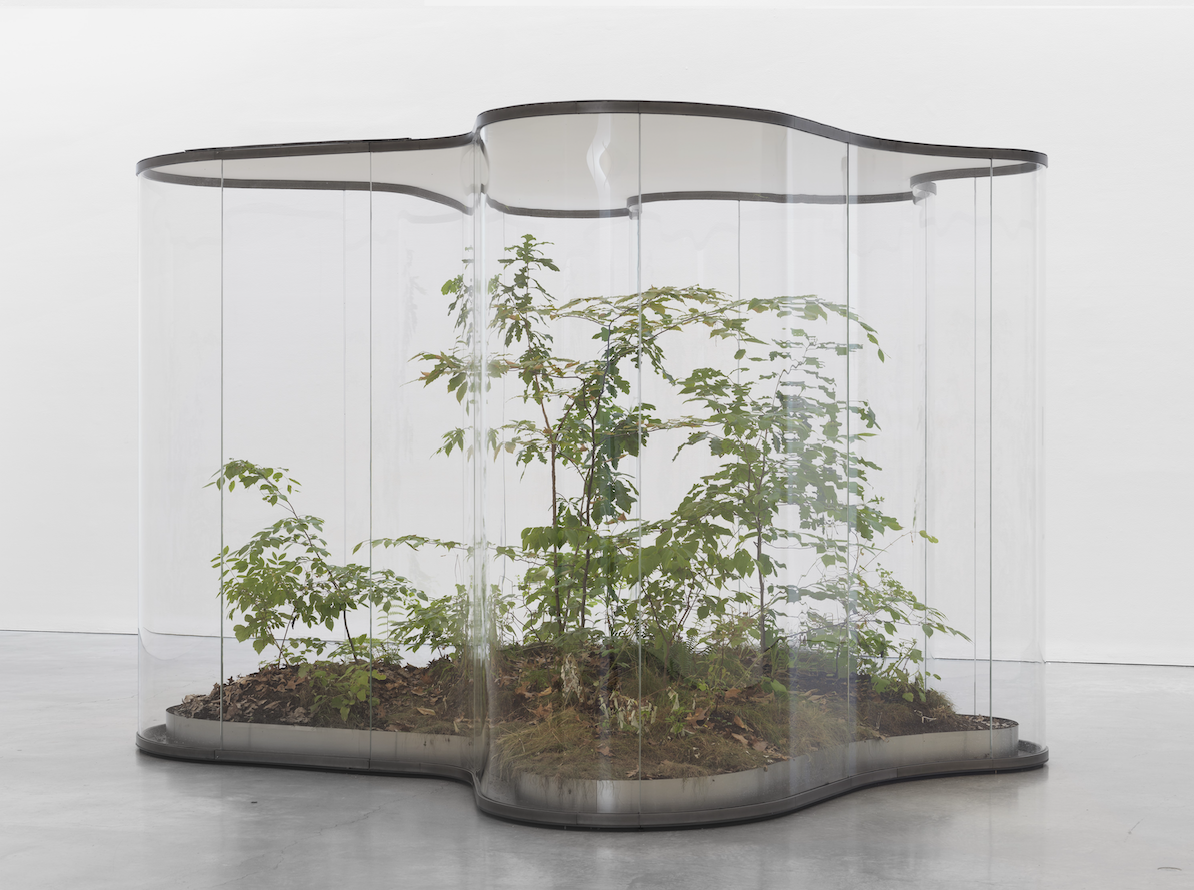News
The sculptor and painter Agustín Ibarrola dies
Ibarrola was an important anti-Franco activist and of the labor movement
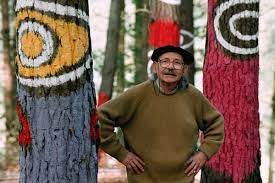
The Basque painter and sculptor Agustín Ibarrola, born in 1930, died on November 17 at the Usansolo hospital in Biscay at the age of 93. It leaves a great artistic legacy led by what is known as Bosc d'Oma, precisely reopened in very recent dates.
Ibarrola was born into a working-class family and soon entered the School of Arts and Crafts in Bilbao. In 1948 he held his first solo exhibition. Following this exhibition in the Biscayan capital, he moved to Madrid and entered the workshop of Daniel Vázquez Díaz. From a very young age he was interested in uniting the Basque pictorial tradition with the avant-garde currents of Contemporary art.
His pictorial work is a plastic development of his political ideology, and can be inscribed within social painting, denouncing the reality of the proletariat and the rural world. His work combines the Basque spirit with the social commitment to workers, the humblest people and tends towards expressionism. A singular example of this facet is his monumental Guernica from 1977, a tribute version of Picasso's Guernica created when Basque artists and institutions advocated for the transfer of the Picasso original, then in MoMA in New York, to the suburban town that to inspire In 2021 the Museum of Fine Arts of Bilbao has acquired the work of Ibarrola, a striking composition of 2 x 10 meters articulated in ten canvases July 11, 2021 at the Wayback Machine.
In his career, he has experimented with the use of various materials such as railway sleepers, cardboard, wood or corten steel. But it is the logs of the Oma forest that are the most well-known legacy. Of course, to this are added Stones and trees from 1999 in Allariz (Ourense), Els Cubs de la Memòria (2001-2006) in the port of Llanes (Asturias), the crossings of the Ruhr, in Bottrop (Germany), from 2002, the Painted Stones in Garoza (2005-2009, Muñogalindo, Ávila) or the numerous sculptures given in tribute to the victims of ETA terrorism.




